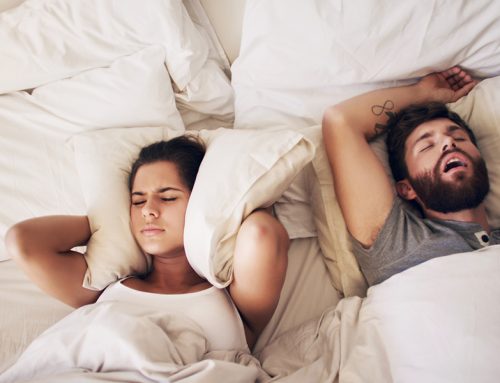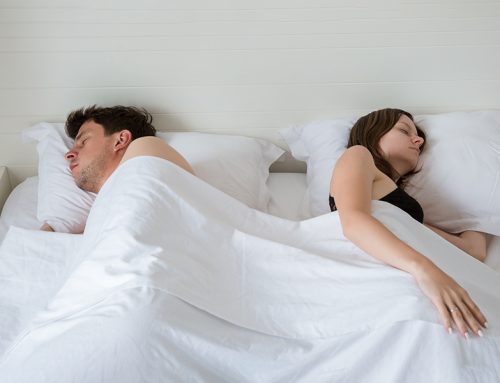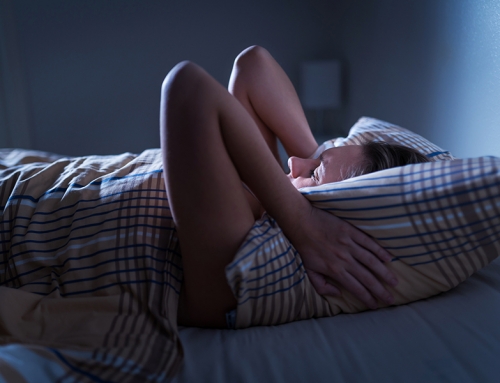Sleeping is already hard for the average adult. Toss in chronic pain or injury and it feels like a never-ending uphill battle. Contrarily to the health and healing benefits that sleep provides, sleeping with scoliosis can prove to be the opposite of healing for many people, with or without a brace.
The biggest challenge is getting into a comfortable enough position to feel supported for sleeping. But we’re here to tell you it’s possible! Scroll down to find out more about helpful sleep approaches if you suffer from scoliosis.
So what is scoliosis?
Scoliosis is a neuro-hormonal condition that occurs when the spine forms a sideways curvature of about 10 degrees or more. Imagine it like a backward C or S, with the spine curving either right or left. Though, it’s unique on an individual basis as there can be varying degrees and placements of the curve.
Most cases of scoliosis start just before puberty in the growth spurt. As such, it’s most common with children aged 10 – 14. Generally at first there’s not much pain, but if left untreated, it could lead to some painful adult years. Some key signs and symptoms include:
- Uneven hips: one hip is higher than the other
- Uneven shoulders: one shoulder is higher than the other
- The head is not aligned with the center of the body, often protruding forward a bit
At first, not all signs and symptoms may be that apparent. So if any mild curves start forming, it’s best to get an x-ray done to be sure. The quicker you act, the sooner you can be in control of scoliosis. Early-stage intervention, specifically neuromuscular retraining, will ensure better outcomes.
In the meantime, restorative sleep is still necessary! Let’s get into the tips for sleeping and waking up pain-free.

4 Tips for Sleeping Better with Scoliosis
Pick the right sleeping position
Sleep position is vital when it comes to sleeping with scoliosis. And it might take working with a couple different variations to find what works best for you or your loved one.
Firstly, it’s important to point out that there is a problematic way to sleep with scoliosis, and that’s lying on your stomach. This is reaffirmed by many physicians due to its strain on the neck and back. As Dr. Raymond Hall states: “Sleeping on your stomach may increase back and neck pain and push the natural curvature of the spine out of the alignment and into the abnormal scoliosis curve.”
If you are a stomach sleeper with scoliosis, you should consider these positions instead:
- Back: This is an optimal sleeping position if you have scoliosis because it puts less strain on your back, distributes your weight more evenly and keeps your body aligned.
- Side: If you’re one of the many who loves to sleep on your side, then this is already a no-brainer. Because sleeping on your side is a good way to alleviate the pain and discomfort on one side while keeping the spine neutral.
Whether you choose to sleep on your back and side, it’s still the bare minimum for sleeping with scoliosis. The sleeping position doesn’t mean anything if you don’t have the right aids or mattress.
It’s all about good pillow placement
Now that we’ve identified the best sleeping positions, we want to advise on enhancing these with some pillow love. Pillows are not just a surface to lay our heads; they are great companions that can elevate and support the entire body. And when sleeping with scoliosis – this is what you need.
If you sleep on your back…
Place pillows under your shoulder blades and at the base of your spine.
If you sleep on your side…
Place a pillow between your knees and under your back curvature. Add a rolled-up towel or smaller pillow in your neck if you need extra comfort and support.
And for both positions, avoid larger pillows at the head which only push your head and spine further out of alignment.
Invest in a quality mattress
Right after sleep position and pillow support is having the right sleep surface. Your ultimate goal is to have a mattress that provides spinal support. Generally, this is a firmer mattress for back sleepers and a softer mattress for side sleepers. If you flip between both sleeping positions, you can then strike a balance with a medium-firm memory foam mattress.
Other qualities to look for include mattress durability, airflow, and body contouring. When in doubt, double-check that you have the option of a home trial to test it out before committing. This is usually a 90-100 days sleep guarantee test-run.
If you don’t want to go full in on buying a new mattress (we get it, they aren’t cheap), then you could try a mattress topper instead. Mattress toppers are cheaper and still effective at providing an additional layer of support and comfort. For proper spinal support, get a mattress topper around 1 – 3 inches.
Revamp your bedtime routine
You may not be settling in comfortably if your body and mind aren’t in a relaxed state to begin with. Carve out some time (30 minutes to an hour) before bed that is screen-free. And create the ultimate zen environment – full of candles, herbal tea and blackout curtains.
Engage in some mild exercise or stretches that target the back and core, then soak in a warm bath immediately after. The exercise will improve circulation and a bath will relax your muscles right before bed.
Consult a doctor for long-term treatment
Treating any medical condition requires persistent medical advice and check-ins. And the same is to be said for scoliosis. Physical therapy and chiropractic care are just a couple of excellent methods to treat scoliosis pain.
Your ultimate ability to sleep will highly depend on recommendations and aid from a medical professional. Speak with yours before incorporating the above sleep remedies to make sure you do the right things for your body. Rest easy – you’re finally on route to a good night’s sleep!





